In this article we will analyze what is an icon and the concepts of Iconography and Iconology.
Signs, symbols and icons of all kinds have served as one of the most effective forms of communication.
By: Yolanda Silva Author of the Online Courses: Iconography of the Saints and Analysing Art
From the beginning of Time, the use of symbolic systems has been naturally  reflected in Mankind’s daily life.
reflected in Mankind’s daily life.
We just have to look around in our daily lives to find examples, such as traffic signs, colour systems for distributing tasks or allegories like Lady Justice, identifying a particular building as the Courthouse.
Symbols can take on a different meaning according to the context of the object, its location, or the person analysing it, but most meanings are usually the same.
In an artistic context, the use of one or more symbols (which may be more or less ambiguous) also serves the purpose of transmitting a given message.
But, first of all, what is an icon?
The definition in the dictionary tells us the following:
1: a usually pictorial representation (image)
2 [Late Greek eikōn, from Greek] : a conventional religious image typically painted on a small wooden panel and used in the devotions of Eastern Christians
3: an object of uncritical devotion (idol)
4: emblem, symbol: «the house became an icon of 1960’s residential architecture — Paul Goldberger»
5 a: a sign (as a word or graphic symbol) whose form suggests its meaning;
5 b: a graphic symbol on a computer display screen that represents an object (as a file) or function (as the command to delete)
(In http://www.merriam-webster.com/dictionary)
As a symbol, it represents or suggests something, or, in other words, it’s what we use to convey our particular message, within the system of ideas in which we operate.
Laundry symbols are a good example. A certain icon will therefore replace the written message, passing it effectively through a pictorial representation.
Iconography and Iconology
We can also use the dictionary to help us to get a definition .
Iconography
1: pictorial material relating to or illustrating a subject
2: the traditional or conventional images or symbols associated with a subject and especially a religious or legendary subject
3: the imagery or symbolism of a work of art, an artist, or a body of art
Iconology
1: the study of icons or artistic symbolism
(In http://www.merriam-webster.com/dictionary/iconography and http://www.merriam-webster.com/inter?dest=/dictionary/iconology, respectively)
So, we can differentiate this concepts in the following terms:
And in art..
Let’s see some examples in art history.
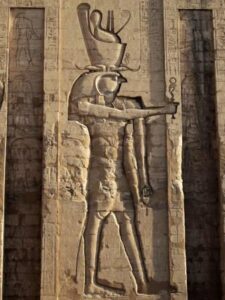
The use of icons in art dates back to 3000 BC to the Neolithic civilizations of the Middle East that used animalist figures to represent their gods.
We can see, for example, the Egyptian goddess Hathor, represented in reliefs and murals as a woman with a cow’s head.
Likewise, the Sun-god Ra is represented with the head of a Hawk and Ptah, the god of creation, with the head of a bull.
in classical civilisations
For their part, the classical civilisations associated their gods to specific objects.
In ancient Greece, for example, we can identify, Zeus accompanied by an eagle or holding beams of lightning,
Apollo holding a lyre and Diana, the huntress, carrying a bow and quiver (or arrows).
christian iconography
![]() Also, during the period of the Roman Empire, the emergence of the symbols of Christianity, as the fish or the dove, that identified respectively Christ and the Holy Spirit, allowed the crypto-Christians to identify themselves in a less conspicuous way, helping them escape martyrdom.
Also, during the period of the Roman Empire, the emergence of the symbols of Christianity, as the fish or the dove, that identified respectively Christ and the Holy Spirit, allowed the crypto-Christians to identify themselves in a less conspicuous way, helping them escape martyrdom.
However, in later Christian art, there is an expansion of the amount and variety of iconographic representations.
And so we see emerge most of the attributes of Saints and Martyrs, becoming themselves now associated with specific objects (which would serve to identify them).
Get to know more about the first christian symbols in the post.
from the Renaissance
Allegorical painting became more popular during the Renaissance period and throughout the 18th century.
The artists imagined complex compositions full of symbolism, representing, for instance, the theme of human vanity, very popular during the Baroque era.
Jewellery, coins or musical instruments would be associated to worldly pleasures, while skulls, unlit candles or hourglasses would remember the viewer that death is imminent (Memento Mori).
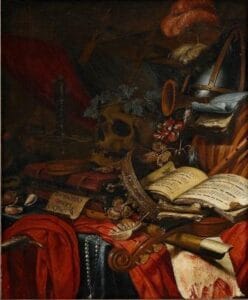
These are just a few examples we can find in art history.
iconography definition in art
 Iconography as an area of study emerges with the studies of art historian Aby Warburg (1866-1929), still in the 19th century.
Iconography as an area of study emerges with the studies of art historian Aby Warburg (1866-1929), still in the 19th century.
He advocated that the story of the images is what teaches us their general function, thus being a mechanism of expression of the needs and expectations and a form of religious and political communication.
Expanding the idea of the importance of the study of the works of art in all their details, he founded the Warburg Institute, in Hamburg (Germany).
The iconography definition in art is born.
However the this definition truly becomes a study area with Erwin Panofsky (1892-1968).
Having been a student of Warburg in the University of Hamburg, Panofsky developed his own studies, having in mind the definition of Iconology .
In 1939, in his essay Studies in Iconology, Panofsky, as Warburg did before, spoke of reading the elements of a work of art beyond the simple formal description of said piece.
In other words, he suggested that, before a work of art, we should not simply ask «what?», but also «why?».
His analysis of the Marriage of the Arnolfini, by Jan Van Eyck, study dated of 1935, will be the first study to deal with the subject of symbolism within works of art.
Although his interpretation of this painting is nowadays considered incorrect by some art historians, it was a milestone in the analysis of art.

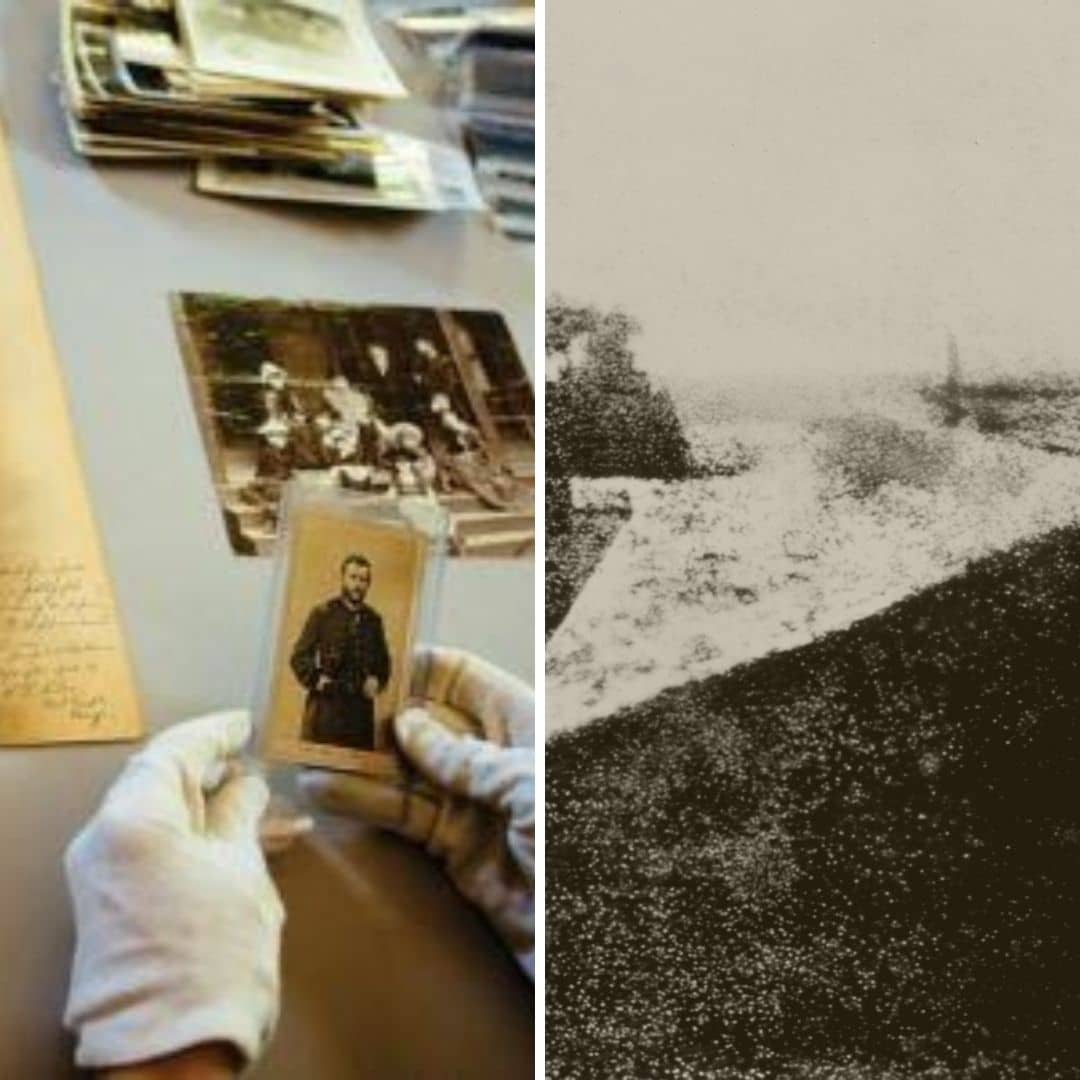
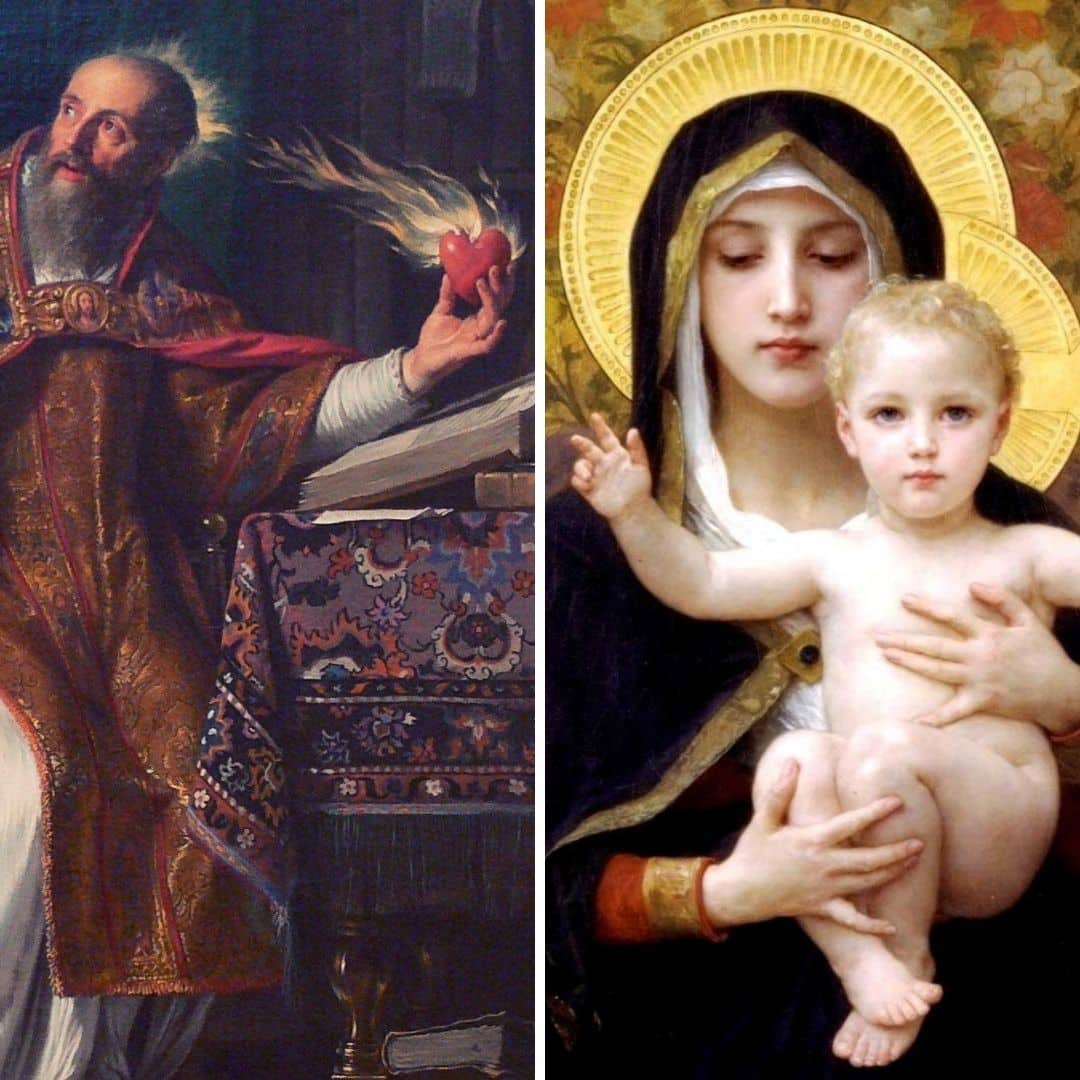

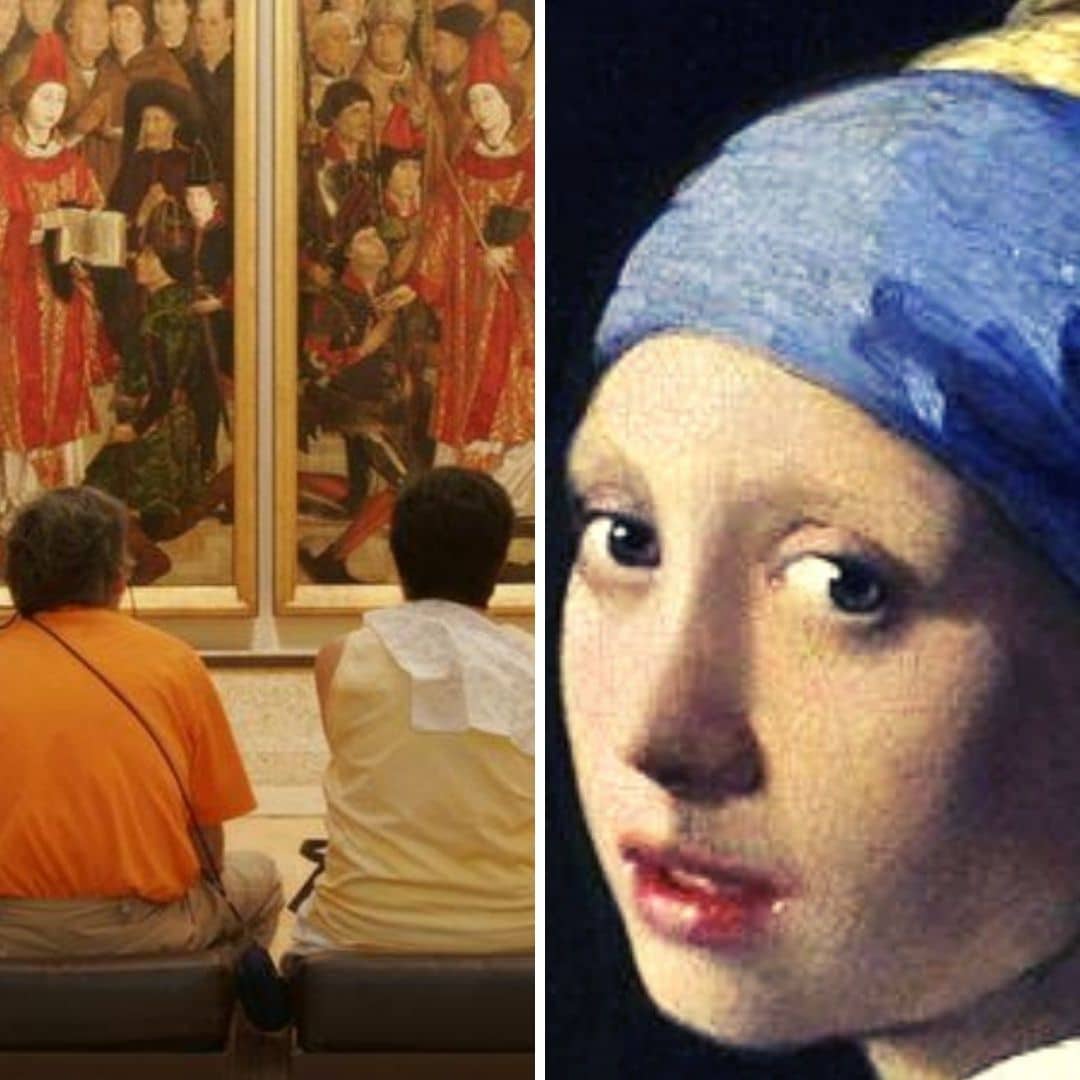
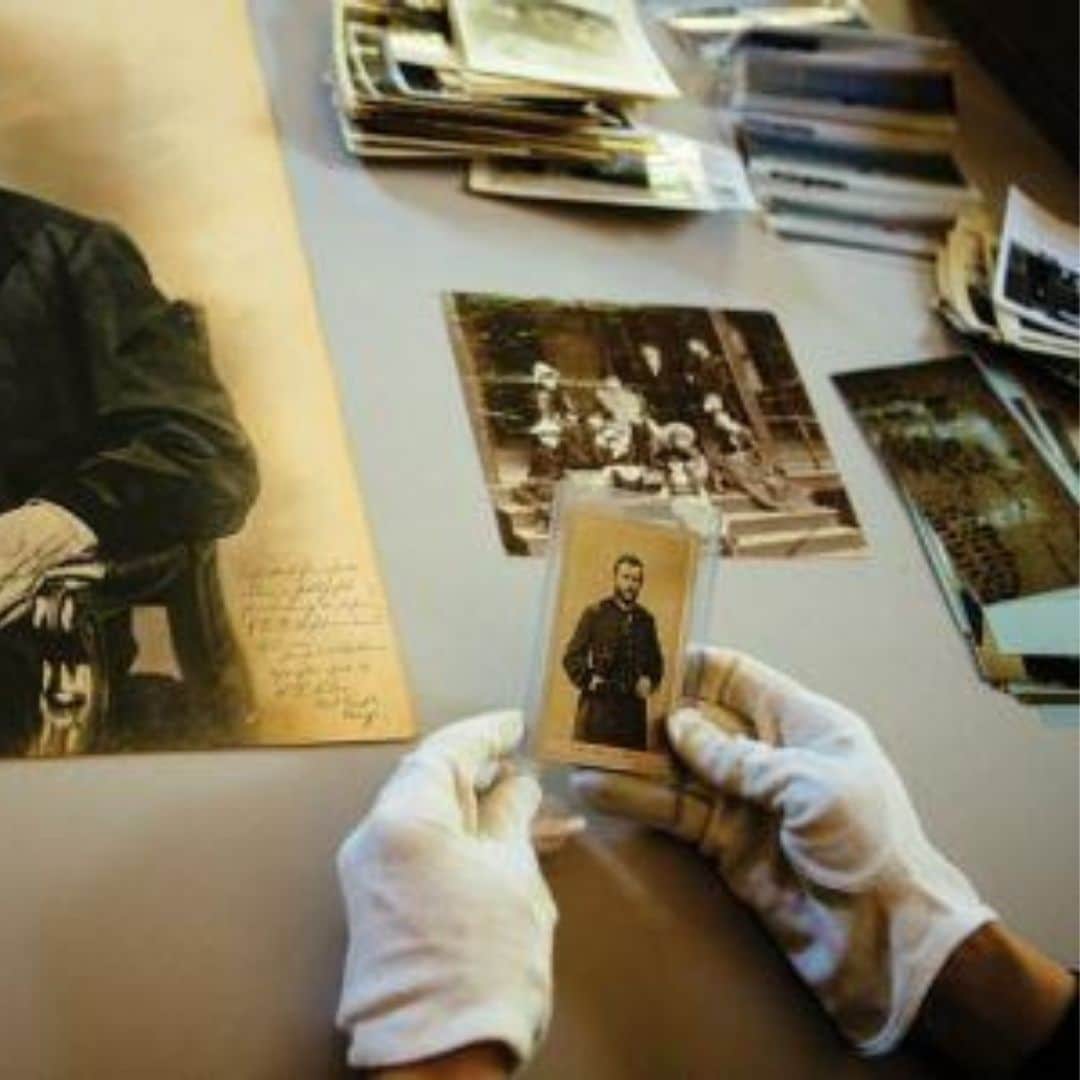
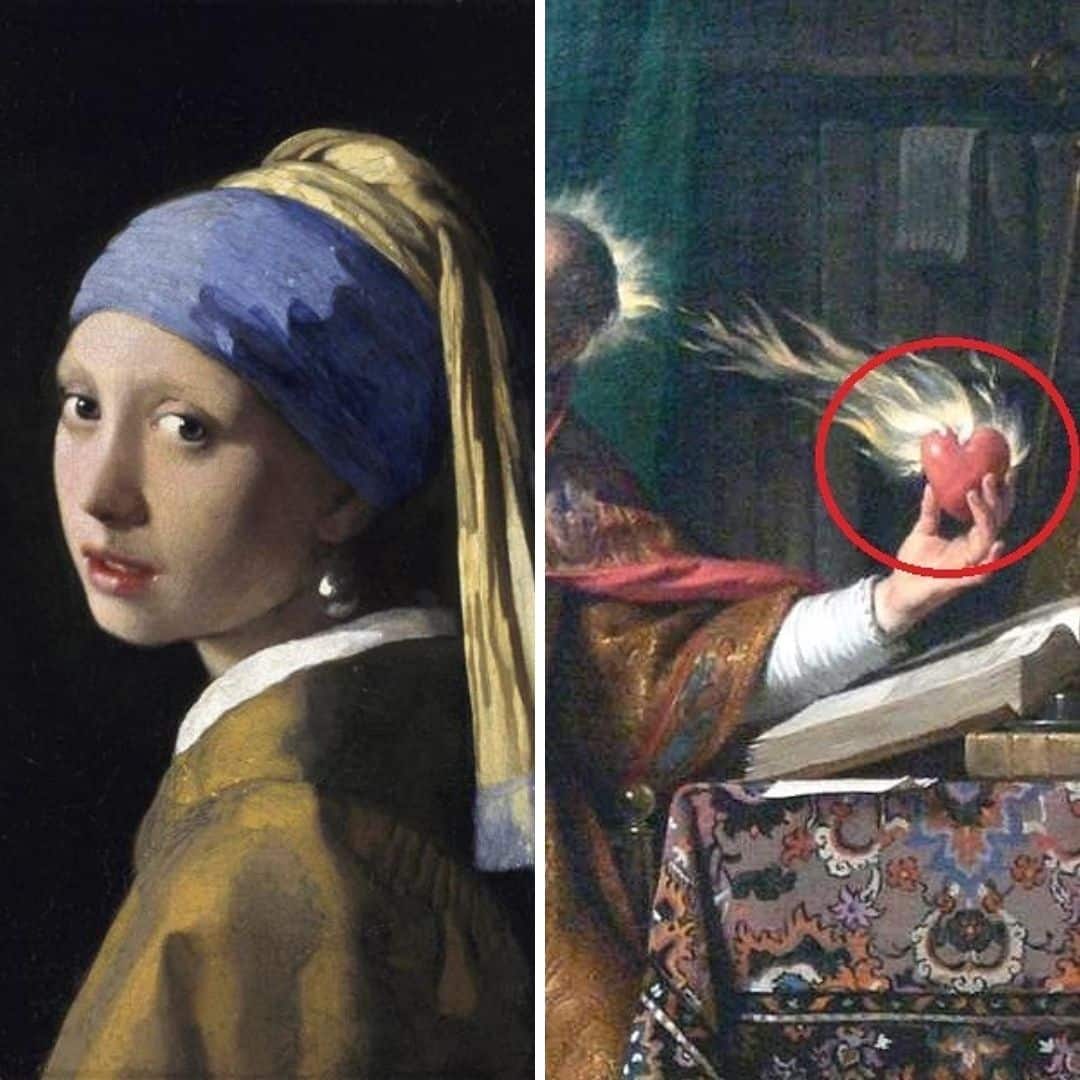

1 Comment.
I rattling pleased to find this internet site on bing, just what I was looking for : D also bookmarked.